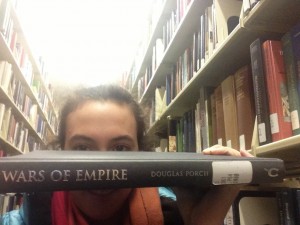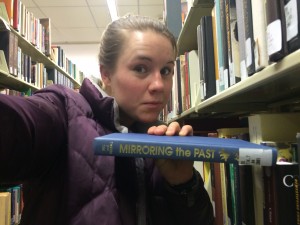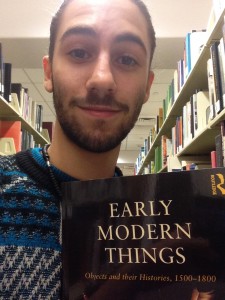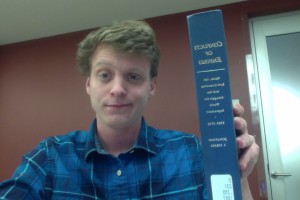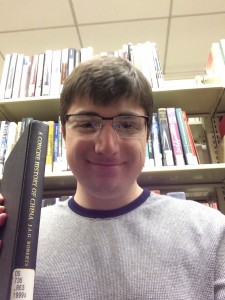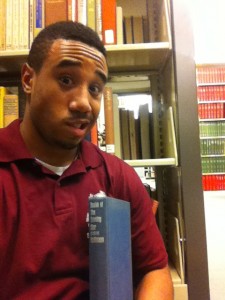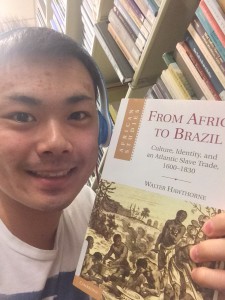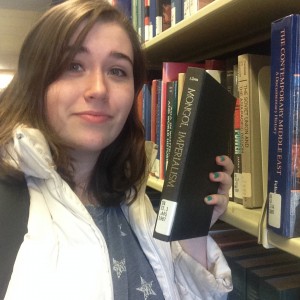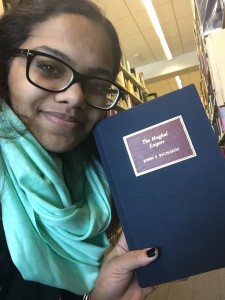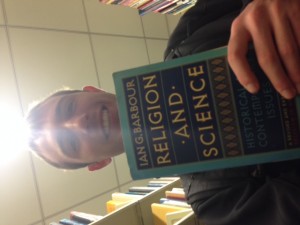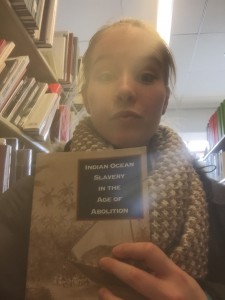From Africa to Brazil: Culture, Identity, and an Atlantic Slave Trade, 1600-1830
Hawthorne, Walter. From Africa to Brazil: Culture, Identity, and an Atlantic Slave Trade, 1600-1830. Cambridge: Cambridge UP, 2010. Print.
I found this book by searching “Slave trade in Africa”. I then narrowed the sources given to just books. I felt that this book relates to what we learned in class, because the book deals with the Portuguese sending Africans to work in Brazil. this book also deals with the same time period we were discussing in class, the 1600’s. What really caught my eye to this book was the cover. The cover depicts Africans laboring on what seems to be a plantation. As I skimmed through the table of contexts of the book, it seems the book gives a very in depth view of the slave trade from Africa to Brazil. It begins with discussing why enslavement happened and how they were transported and ends talking about the cultural changes this slave trade brought to Brazil. The book also includes maps, documents, and drawings to give a further sense of what the slave trade was like. The books that surrounded mine on the bookshelf had to deal with similar subjects. For example, the two books next to it were called To Be a Slave in Brazil and Slave Rebellion in Brazil.

